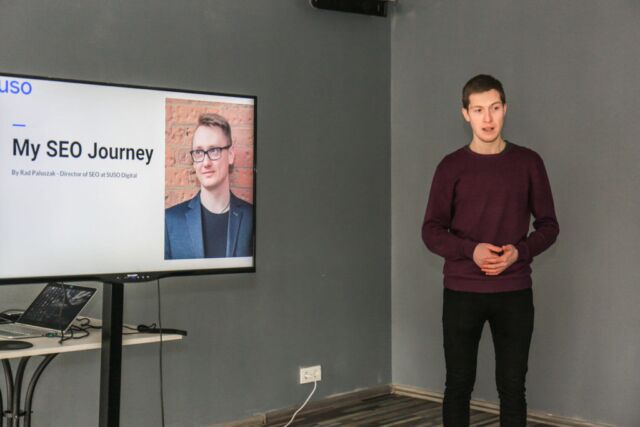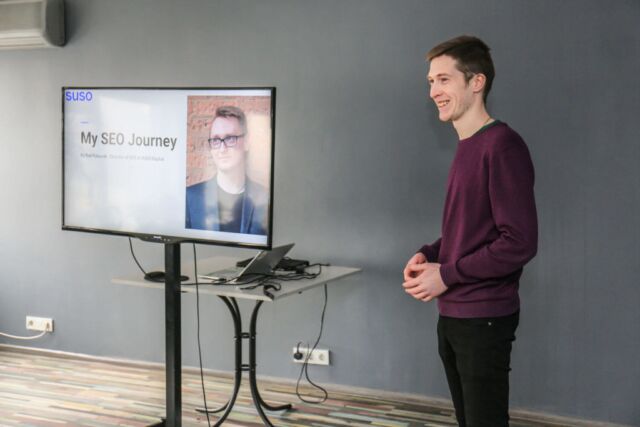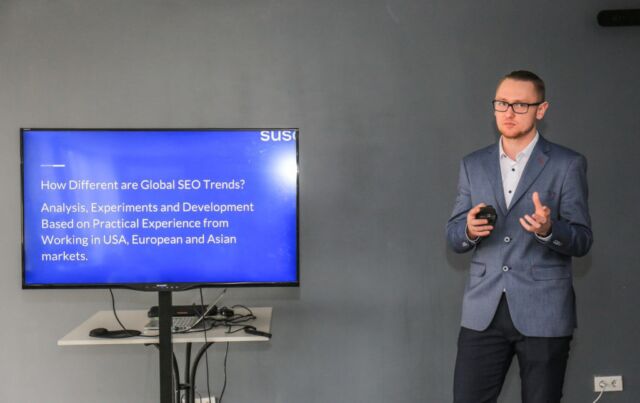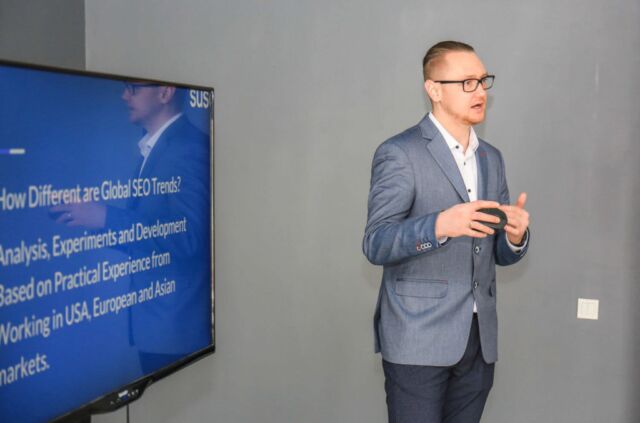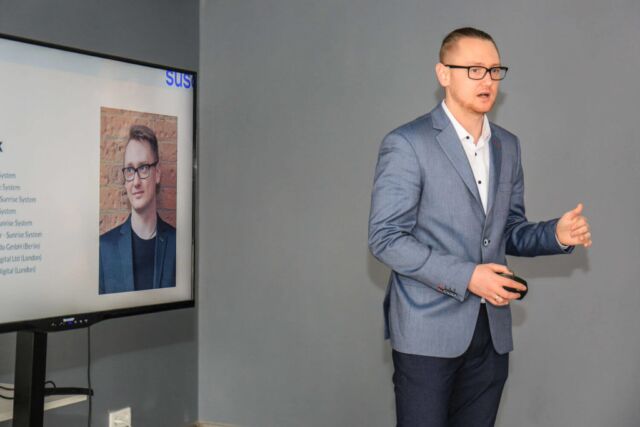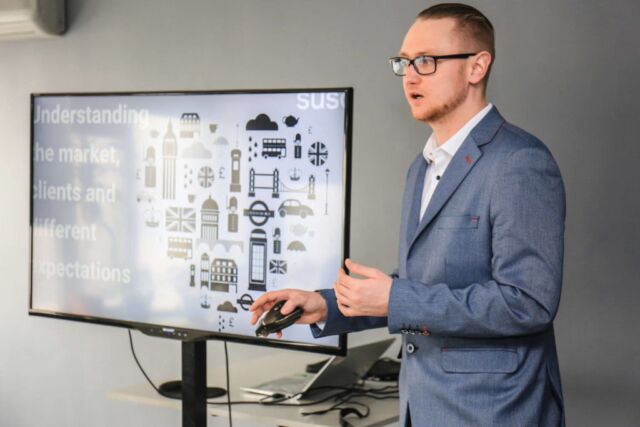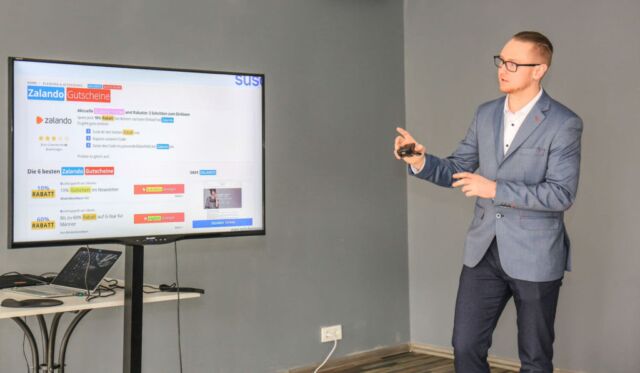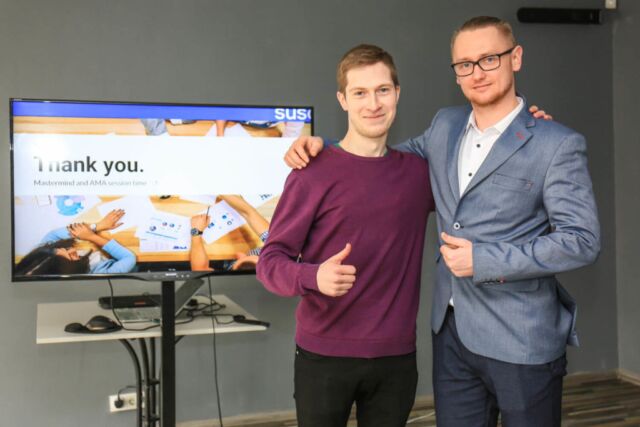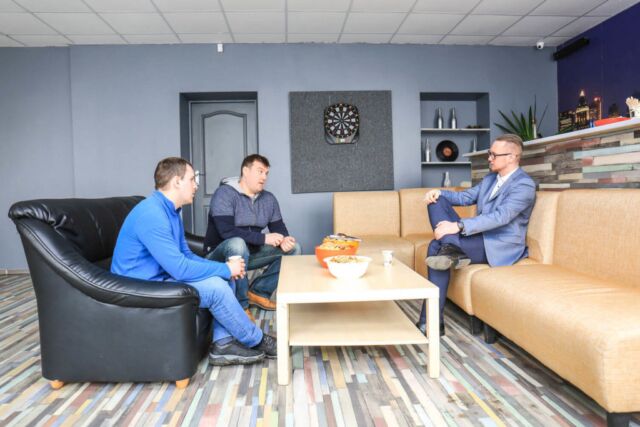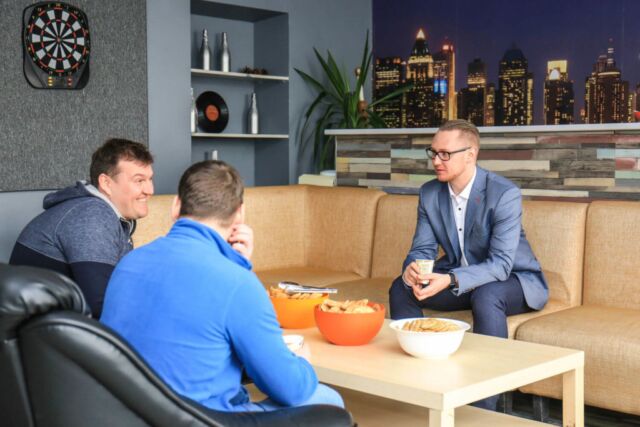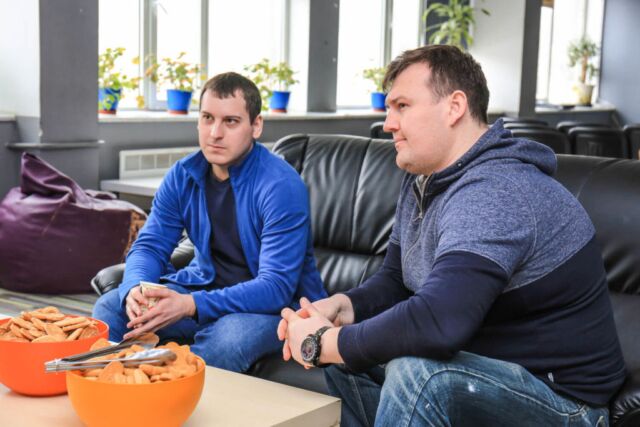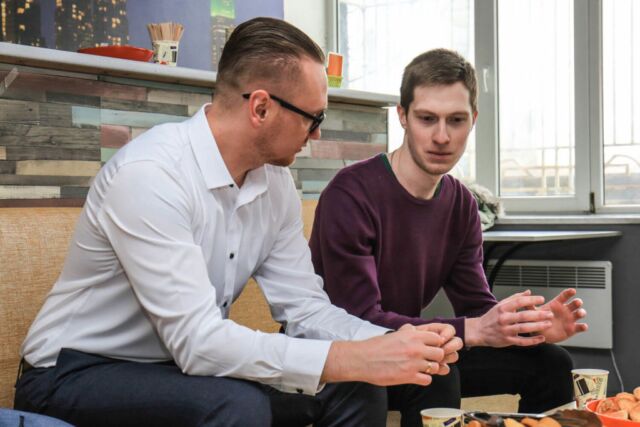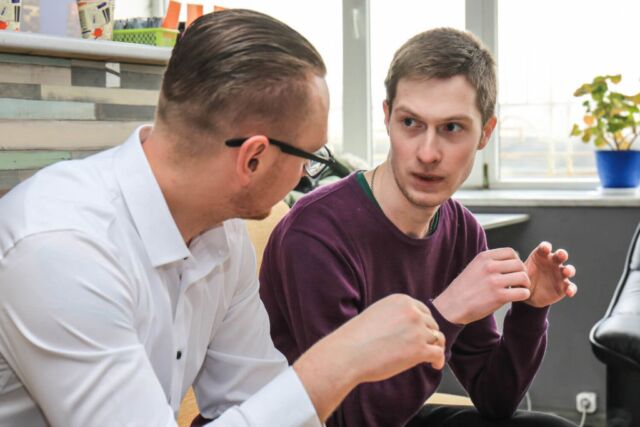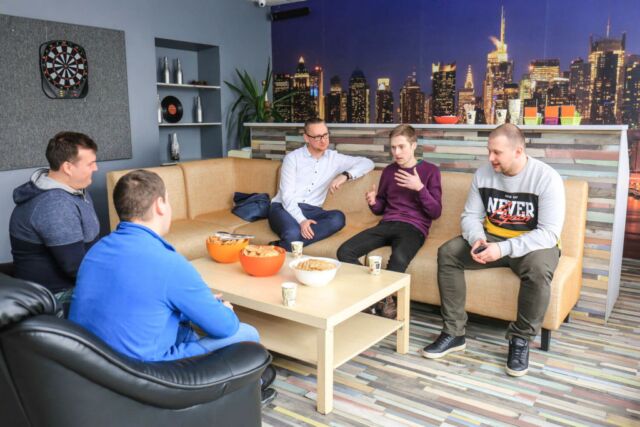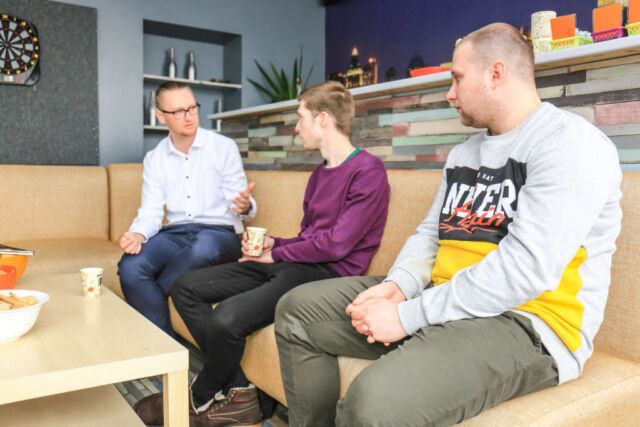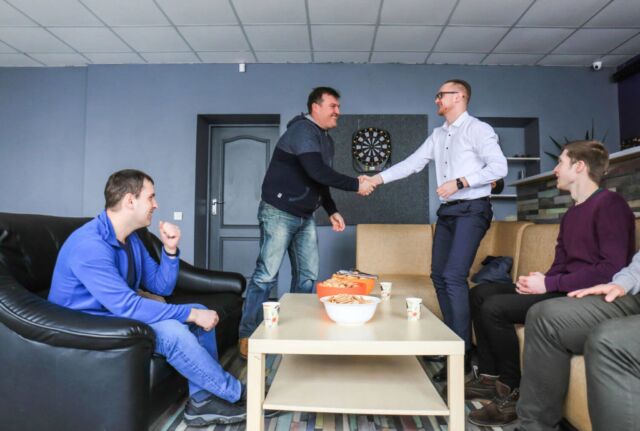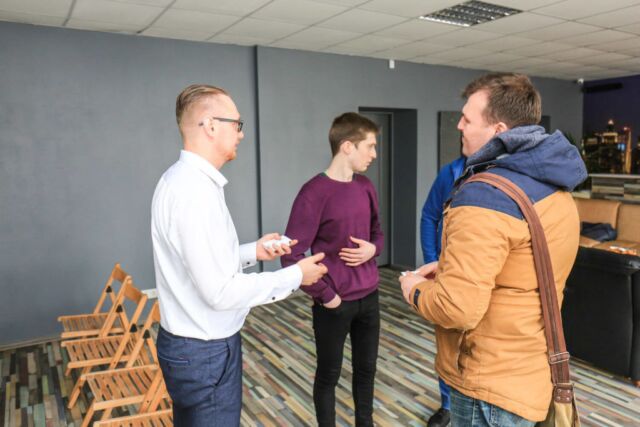Link building is one of the most effective ways to boost your site’s search engine optimization (SEO). But it can also be a powerful tool for shaping how your brand is perceived online.
The types of sites that link to you impact the associations people make with your brand. If you’re linked to by authoritative, reputable sources in your industry, it subconsciously tells visitors you’re credible and trustworthy too. On the other hand, links from sketchy, unrelated sites can negatively affect your brand image.
Here are some of the top ways to leverage link building for positive brand perception:
Get Links from Relevant, Reputable Sites in Your Industry
The relevance and reputation of the sites linking to you matter tremendously. Getting backlinks from recognized industry publications, trusted review sites, prominent blogs, and other high-quality websites in your field lends enormous credibility to a brand.
For example, if you run an interior design firm, links from sites like Architectural Digest, Houzz, and HGTV establish you as a legitimate player in the space. Searchers will unconsciously associate your brand with those prominent sites and the authority they carry.
Make a list of the most respected, popular sites related to your niche. Then identify opportunities to earn links from them through guest posts, resource contributions, or interviews with editors. Don’t spam link requests – focus on building relationships. The payoff of links from relevant, reputable sources make it worth the effort.
Leverage Anchor Text to Reinforce Brand Identity
Anchor text refers to the hyperlinked text used in a backlink. It’s a powerful but often overlooked tool for shaping brand perception.
Be intentional about the anchor text used by sites linking to you. Choose descriptive phrases and keywords that reinforce the identity you want to project for your brand.
For example, if you’re positioning as an industry thought leader, work that phrasing into anchor text where appropriate. “As this business strategy thought leader discusses…” strengthens that association for readers.
Avoid over-optimized, repetitive anchor text, as that looks unnatural. But do provide sites guidance on keywords and messaging relevant to your brand so they can incorporate it.
Vary the anchor text wording across links – branded, URL, descriptive phrases, and generic terms like “click here.” This diversity looks more natural.
Monitor your overall anchor text profile to ensure it’s not overly commercial or keyword-heavy. Use tools like SEMrush to analyze rankings for your important brand term anchor phrases.
Anchor text is a direct line into shaping brand perception. Be hands-on in providing recommends to publishers, but keep it diverse and relevant. With thoughtful effort, it becomes an asset for reinforcing your intended identity.
Proactively Build Relationships with Brand Advocates to Encourage Link Sharing
Loyal, passionate brand fans and advocates can become powerful assets for link building. Identify and get to know those who love your company and what you stand for.
Nurture relationships with top fans by giving them VIP access and exclusive offers. Seek their input on new products and make them feel valued. The more you engage advocates, the more likely they’ll be to rave about you online.
Equip advocates with assets and information to help them refer others your way. Provide sample posts, images, promo codes and make it easy for them to highlight your brand.
Incentivize advocates to share links through contests, giveaways and rewards programs. For example, give prizes to top referrers or offer discounts for posting about you on social media.
Monitor brand mentions to thank and engage with advocates. Reach out providing additional assets like quotes or statistics they can include with a link to your content.
The stronger your relationships with advocates, the more word-of-mouth promotion and high quality links you’ll earn. This level of genuine endorsement and referral is invaluable for brand building.
Monitor and Encourage Brand Mentions
As I already said above, monitor brand mentions by setting up alerts and listening tools to notify you whenever your brand is referenced online.
When you find your brand name organically included in articles, discussions or other content, reach out to the publishers thanking them.
Offer to provide additional assets they can include to enrich their content, like relevant data, statistics, quotes from your executives, or related images and graphics.
Supply links back to your site that they can add where appropriate. This allows you to build high-quality links through natural mentions.
Follow up persistently but politely if you don’t hear back on initial outreach. If they’ve already mentioned you, they’ll likely be open to incorporating more material from you.
Having your brand and site linked within mentions and references adds familiarity, authority and SEO value. Make sure you’re actively monitoring the web for any brand call outs you can leverage.
The more you encourage and optimize mentions, the more it strengthens brand visibility and perception as an authority.
The Power of Thoughtful Link Building
As you can see, link building extends far beyond just chasing backlinks. It’s about cultivating strategic partnerships, identifying brand advocates, monitoring mentions, and seeing anchor text as another branding tool.
By being purposeful with your link building outreach, you can significantly influence how your brand is perceived online. Approach it thoughtfully, stay ethical and relevant, and the returns of a strengthened brand reputation will be well worth the effort.
How to make it less expensive?
Based on my observations, there are these 4 key elements to increased difficulty – here they are together with some suggestions of what can make it less expensive.
1. Increased competition
As more businesses learn about how SEO can help them, their SEO strategies are getting more and more competitive.
This causes the overall competition for ranking to increase, making it harder for any individual business to rank high.
💡 Solution
Well, there is no solution to competition, BUT you can definitely try positioning yourself better.
Niching down is just one example of getting into a less-competitive area.
2. Changes in Search Engine Algorithms
Search engine algorithms are constantly changing, and SEO techniques that worked well in the past may not necessarily work as well today. This means that SEO experts have to constantly look at their strategies and change them to stay competitive.
This also means that the constant changes may mean some shifts in strategy, which in and of itself generate costs.
Lastly, the algorithm changes mean search engines are getting smarter. This means they are less forgiving of “SEO shortcuts” that so many specialists were accustomed to. Less shortcuts = higher price.
💡 Solution
Firstly, build your SEO strategy aligned with the search engine requirements from the beginning.
Hire SEO consultant AT THE DESIGN STAGE of your (new) website.
Really, can’t stress this enough, yet, this is so often omitted!
With SEO involvement at the early stage of the website’s lifecycle, you might be adding a few bucks to it now, but it WILL pay back many times over in the long run.
Done right, you should be better equipped for the coming updates.
And when the update comes, gather data and apply an incremental Plan-Do-Study-Act (PDCA/PDSA) approach.
3. Changing User behaviour and Intent
As the users become more sophisticated and aware of SEO, they are more likely to search for more specific terms, making it harder for websites to rank for generic terms.
This morphs into changes in behaviour, expectations and the user intent behind searches.
On top of this, you have changing trends, like Bing search engine building in ChatGPT in the SERPs.
As I mentioned earlier – changes make things more difficult and expensive.
💡 Solution
There are 2 approaches to changing user behavious and intent:
- Reactive – this one is easy. Just react to anything that happens.
It works well, because you are working with the known.
- Proactive – this is a bit more complex as it’s hard to predict and prepare for a change in user behaviour.
You can do it by preparing your content for additional risk factors you identified while drafting the brief.
Additionally, observe trends so try predicting the change.
4. The increasing importance of social media
As the user behaviour is changing, users more often turn to social media as their preferred way to learn about things.
This became more pronounced last year, I think, with the outpour of young people stating that they go straight to Reddit, TikTok or Instagram to look for answers.
This is, obviously, limiting the search volume and taking the traffic away from both search engines and your websites.
💡 Solution
SEO should just be one component of your digital marketing strategy. Here are some others: social media, influencers, content marketing, press, TV, research papers, PPC, email marketing, videos, webinasr, reputation management, etc.
Not all of them are applicable (or effective) for all businesses, but at the very least, social media should be part of most strategies.
I organised a small SEO event in Kiev on the 20th of March 2018.
The main topic of the presentation was:
My SEO Journey – How Different are Global SEO Trends?
Analysis, Experiments and Development Based on Practical Experience from Working in USA, European and Asian markets.
Here’s the presentation in PDF: http://bit.ly/2q1sehP
Here’s the SlideShare copy: http://bit.ly/my-seo-journey-Kyiv
When I get a second, I will create my own digital transcript of the presentation. In the meantime, have a look at the event’s gallery 🙂
Roughly a week ago, on 14th November, I had a pleasure to visit Warwick Business School as a part of their WBS Marketing Insights Series with my talk “Why Every Business Should Care About Their Online Presence?”.
If anyone’s interested, the SlideShare presentation is available here: https://goo.gl/W6SMhS
PDF version also downloadable from this link: https://goo.gl/PuYk42
Below is my own digital transcript (or should I say my preparation notes that I jotted down before the talk). I was trying to keep the same content that I presented during the talk, but obviously, it will differ from the live version slightly.
